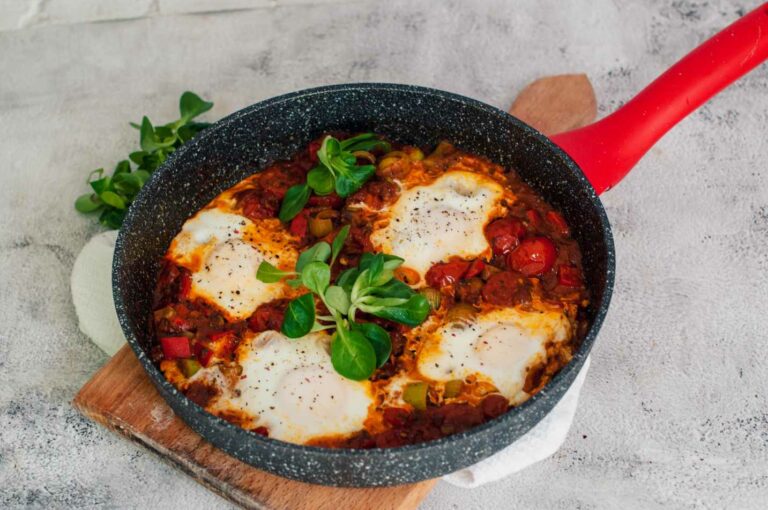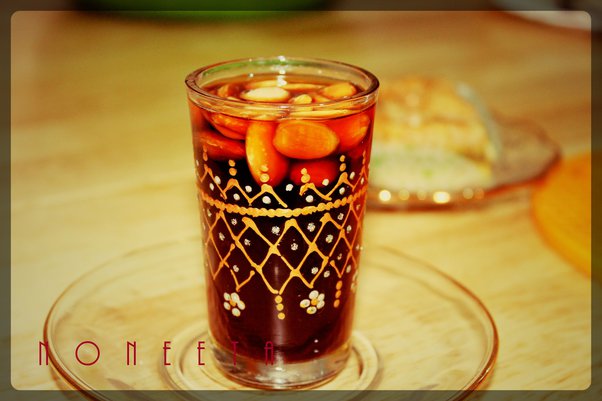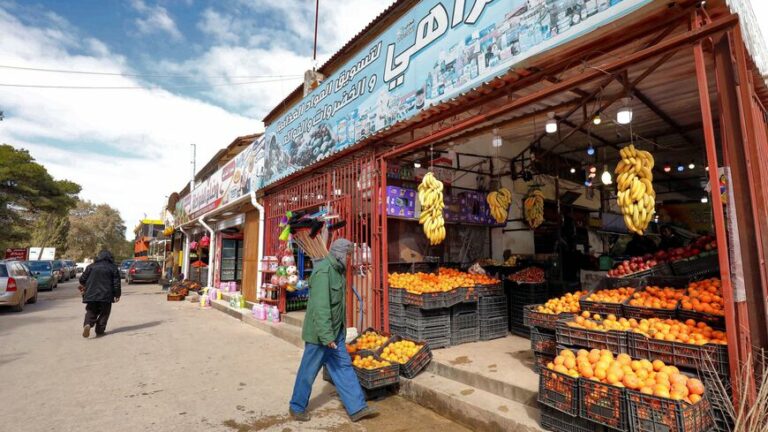Introduction to Libyan Street Food
Street food has always been an integral part of Libyan culture. Libyan cuisine is a mixture of North African and Mediterranean flavors, and street food is no exception. The street food scene in Libya is vibrant, and it has a unique taste that you won’t find anywhere else in the world. Libyan street food is affordable, delicious, and perfect for those who are on the go.
Traditional Libyan Street Foods
Libyan street food is a blend of traditional recipes passed down from generation to generation. Some of the most popular traditional Libyan street foods include batata mubakharah, which is grilled potatoes with a mix of herbs and spices. Another traditional street food is bazeen, which is a type of bread made from wheat and barley flour and served with meat or vegetable stew. Lastly, mas huni is a dish made from a mixture of shredded tuna, spices, and olive oil, served with bread.
Kebda Sandwich: A Popular Street Food
One of the most popular street foods in Libya is the kebda sandwich. It is a sandwich made from grilled liver and served with lettuce, tomato, and onions. The liver is cooked in a mixture of spices and then placed in a freshly baked bread roll. It is a quick and satisfying meal that is perfect for those who are on the go.
How to Make Shakshouka: A Libyan Delight
Shakshouka is a popular Libyan breakfast dish that has become a popular street food in recent years. It is a dish made from eggs, tomatoes, onions, and spices. The eggs are poached in the tomato sauce and served with bread. It is a delicious and healthy way to start your day.
Brik: A Tasty Tunisian-Libyan Street Food
Brik is a Tunisian-Libyan street food that has become popular in Libya. It is a thin pastry filled with egg, tuna, cheese, or vegetables and then deep-fried. It is a delicious and crispy snack that is perfect for those who are on the go.
Libyan Sweet Treats: Halawet El Jibn and More
Libyan sweet treats are a must-try when you visit Libya. Halawet El Jibn is a popular sweet treat made from cheese, semolina, and sugar syrup. It is a delicious and sticky dessert that is perfect for those who have a sweet tooth. Another popular sweet treat is maakroun, which is a deep-fried pastry filled with date paste. It is a delicious and sweet snack that is perfect for those who are on the go.





